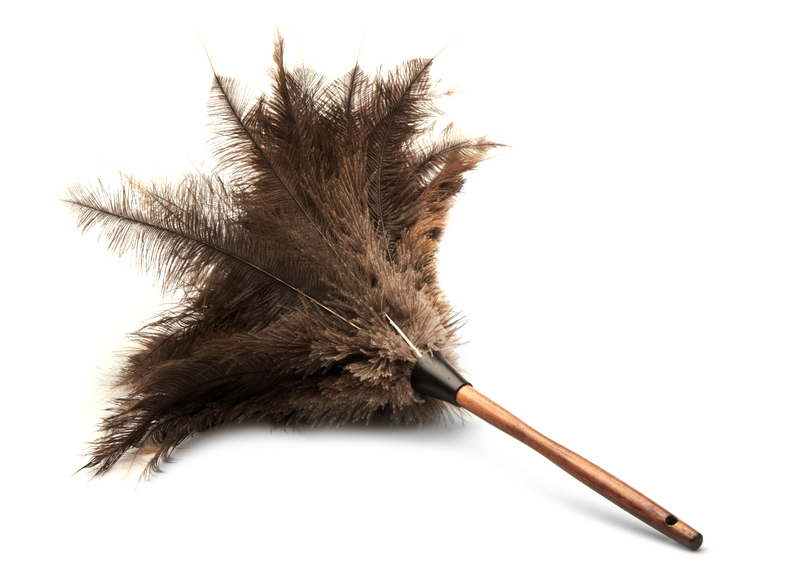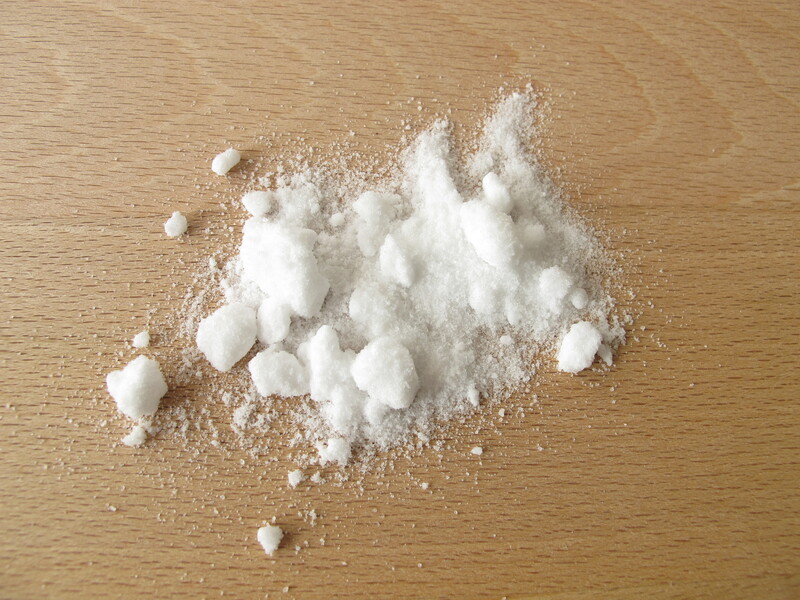Easy Steps for Washing Velvet Curtains Without Causing Damage or Fade
Velvet curtains are synonymous with luxury and sophistication, transforming any room into an elegant space. However, cleaning velvet curtains can feel daunting due to their delicate fibers and the risk of damage or fading. If you've admired your velvety drapes but avoided washing them, worry no more! This comprehensive guide will walk you through easy steps for washing velvet curtains without ruining their beauty or causing them to fade.
Why Special Care is Needed for Velvet Curtains
Velvet is a plush fabric woven from cotton, silk, or synthetics, featuring a dense pile that gives it that characteristic sheen. Its structure makes it susceptible to crushing, watermarks, and fading if not managed thoughtfully. That's why washing velvet drapes requires special attention to detail and proper techniques.
- Delicate fibers: Velvet piles can become flattened or mat easily if agitated excessively.
- Color sensitivity: The rich dye used in velvet is prone to fading if exposed to harsh chemicals or improper washing methods.
- Water sensitivity: Water can leave spots or distort the velvet's texture if not used carefully.
Let's explore simple, step-by-step methods to clean your velvet curtains, preserving their luxurious feel and stunning color.

Preparation: Knowing Your Velvet and Reading Labels
Check Curtain Labels for Specific Instructions
Before getting started, always read the care label attached to your curtains. Not all velvets are created equal--some are machine-washable velvet, while others require dry cleaning only. Skipping this crucial step could irreversibly ruin your drapes. If the label clearly states "dry clean only," it's best to follow that advice to avoid damage.
Understand the Different Types of Velvet
- Cotton velvet: Softer and more absorbent, but can shrink in hot water or when tumbled dry.
- Synthetic velvet (polyester or nylon): More durable and less prone to shrinking, but still requires gentle washing.
- Silk velvet: Extremely delicate; almost always dry clean only.
If you're unsure which type you have, consult with a professional or err on the side of caution by opting for gentler cleaning methods.
Step 1: Pretreat and Prepare Your Velvet Curtains
Remove Dust and Debris
- Vacuum Gently: Use the upholstery attachment on your vacuum cleaner. Glide it lightly over the curtain's surface to remove dust and dirt, holding the pile upwards to avoid compression.
- Shake or Brush: For lighter dust, take the curtains down and give them a gentle shake outside. Alternatively, use a soft upholstery brush to lift away surface debris.
Spot Clean Stains
- Mix a few drops of mild detergent with cold water. Dampen a soft white cloth with the solution and gently blot the stained area.
- Do not rub, as this can flatten or scratch the velvet's pile.
- Blot dry with a clean, dry towel.
Spot treatment helps prevent overall fabric saturation, minimizing the risk of distortion or water marks.
Step 2: Washing Velvet Curtains Safely
How to Hand Wash Velvet Curtains
For most velvet curtains, hand washing is the safest cleaning method. Here's how to do it without causing damage or fade:
- Fill a Clean Tub or Basin with Cold Water: Avoid hot water as it can shrink and break down fibers.
- Add Mild Detergent: Look for a gentle, dye-free laundry detergent formulated for delicate fabrics.
- Submerge Curtains Carefully: Gently swish the curtains in the soapy water. Do not wring, scrub, or twist!
- Soak for 10-15 Minutes: This loosens dirt while minimizing agitation.
- Rinse Thoroughly: Drain the soapy water and refill with clean cold water. Swirl lightly until all soap is gone.
- Lift Out Gently: Fold the curtain over your arms and support its weight as you lift it from the water.
- Press Water Out: Lay flat on a dry towel and roll it up, pressing gently to absorb excess water. Do not wring!
*Tip: For particularly fragile velvet, hand washing one panel at a time minimizes stress on fibers.
How to Machine Wash Velvet Curtains (If Allowed)
- Use a Mesh Laundry Bag: Place curtains in a mesh bag to reduce agitation and snags.
- Set to Delicate Wash: Select the cold water, gentle or delicate cycle.
- Mild Detergent Only: Avoid bleach or optical brighteners as these can cause color fading.
- Skip the Spin Cycle or Use Low Speed: High-speed spinning can damage the pile.
- Remove Promptly: Don't let velvet sit damp in the machine, as this encourages crushing and musty odors.
Always check the care label first--if unsure, choose hand washing or spot cleaning instead of machine washing.
Never Dry Clean at Home (Unless Label Indicates)
While professional dry cleaning is often the best route for silk or high-end velvet, home dry clean kits are not recommended. These may contain chemicals or cause excessive agitation, risking permanent damage.
Step 3: Drying Velvet Curtains the Right Way
Air Drying is Key
- Lay Flat to Dry: Spread the curtain on a clean, dry towel or a drying rack, reshaping as you go. Laying flat prevents the velvet from stretching or becoming misshapen.
- Avoid Direct Sunlight: Sunlight can fade vibrant colors--dry indoors in a ventilated room if possible.
- Flip Occasionally: Turn the curtain over as it dries to ensure even drying on all sides.
Tip: Never hang wet velvet curtains directly, as the weight of the water can cause stretching or distortion.
Steaming and Fluffing Up Velvet
- Once dry, hold a handheld steamer a few inches from the fabric to remove wrinkles. The steam will help raise and restore the velvet's plush pile.
- If you don't have a steamer, hang the curtains in a bathroom and run a hot shower (without letting the curtains get wet) to allow steam to relax the fibers.
Never iron velvet directly. If you must, use a velvet board or place a thick towel beneath and iron from the wrong side with a low heat setting, applying minimal pressure.
Step 4: Rehanging and Final Touches
Brushing Velvet Curtains
- Use a soft clothes brush or a special velvet brush to gently brush the pile in the direction of the nap. This restores shine and ensures the curtain's texture remains lush and sophisticated.
- Do this after steaming and before rehanging for best results.
Inspecting for Missed Spots
- Before rehanging, check for any lingering stains or flattened areas.
- Spot clean and air dry once more if necessary, following the steps above.
Hang Properly
- Rehang the curtains evenly, ensuring that the fabric falls straight. Use appropriate curtain hooks or rods to support their weight.
- Keep windows closed for the next 24 hours to let residual moisture evaporate.
Extra Tips for Cleaning Velvet Curtains Without Causing Damage or Fade
- Regular Maintenance: Vacuum weekly to prevent a buildup of dust and dirt, which can dull the velvet's sheen.
- Avoid Aggressive Cleaners: Stay away from bleach, ammonia, or harsh stain removers.
- Test a Small Hidden Area: Always do a spot test with any cleaner before wider application to check for colorfastness.
- Don't Overclean: Only wash when necessary. Overwashing can shorten the life span of your velvet curtains.
- Handle With Care: Always support the full length of the curtain when moving or washing, as the fabric can be heavy and prone to tearing when wet.
- Professional Cleaning: For antique, embroidered, or large velvet drapes, consult a professional cleaner experienced with velvet fabrics.

Frequently Asked Questions: Washing Velvet Curtains Safely
Can I Put Velvet Curtains in the Dryer?
No. Never tumble dry velvet curtains. Dryer heat will damage fibers, cause shrinkage, and flatten the delicate pile, permanently ruining the luxurious look.
Can I Use Bleach or Whitening Agents?
Absolutely not. Bleach and optical brighteners will strip out the color and ruin the fabric. Stick to mild, color-safe detergents formulated for delicates.
How Often Should I Wash Velvet Curtains?
To preserve the fabric's longevity, wash velvet curtains only when visibly dirty or stained. Regular vacuuming and spot cleaning can vastly reduce the need for full washing.
What If My Velvet Curtain Looks Matted After Cleaning?
Try steaming lightly and brushing the pile gently with a velvet brush or soft clothes brush. This can revive the lush texture. Persistent matted spots may require professional cleaning.
Conclusion: Preserve the Beauty of Your Velvet Curtains
With the right techniques and a little patience, you can refresh and clean your velvet curtains without causing damage or fading. Always start by checking the manufacturer's care label, proceed gently--whether hand washing or using a machine--and take your time drying and reshaping the fabric. Regular maintenance will keep your velvet drapes looking plush, vibrant, and stunning for years to come.
By following these easy steps for washing velvet curtains without causing damage or fade, you'll confidently remove dust, stains, and odors, ensuring your home's elegance shines through.



